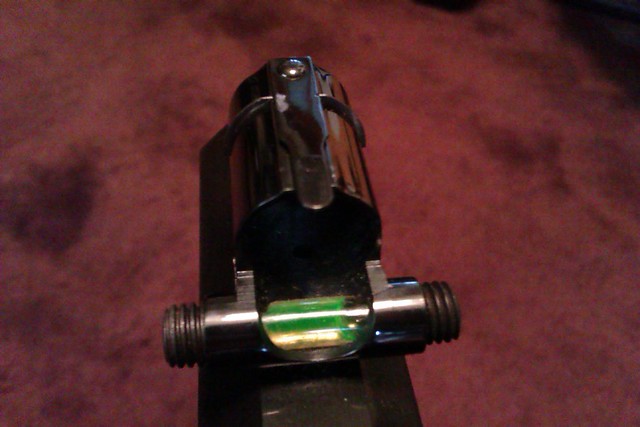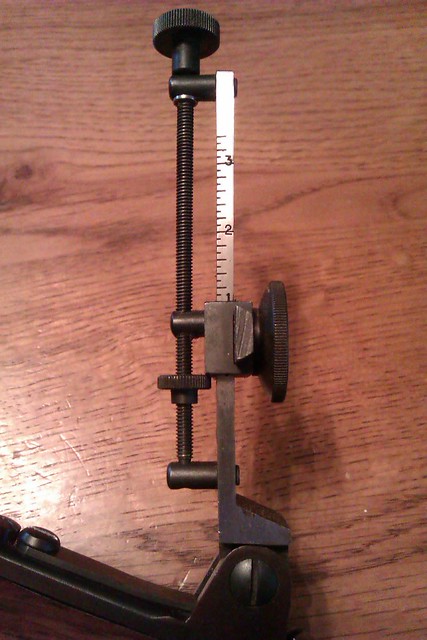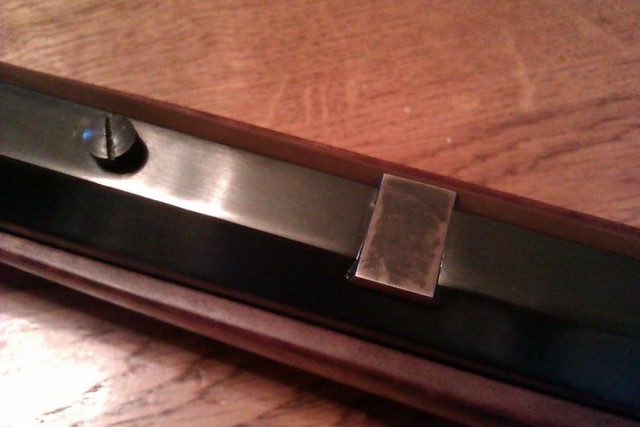This is the Soule-type vernier peep my Sharps came with. What can you guys tell me about this as far as useful distance, etc?
The globe front has replaceable inserts and a bubble level
The rear peep is marked as shown. Elevation is controlled by turning the thumbscrew clockwise, windage by loosening the cup and applying pressure in the direction you want it to move.
Also, the rear barrel sight has been blanked off. Would there be any advantage to putting what belonged there for short distance shooting, say, up to 100 yards?
They are not much compared to a set of Lee Shaver premium sights, but I guess they should do the trick for now.
Thanks in advance!

|
   
   
|


|







 Reply With Quote
Reply With Quote










